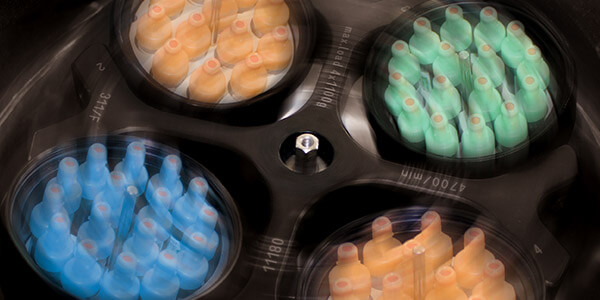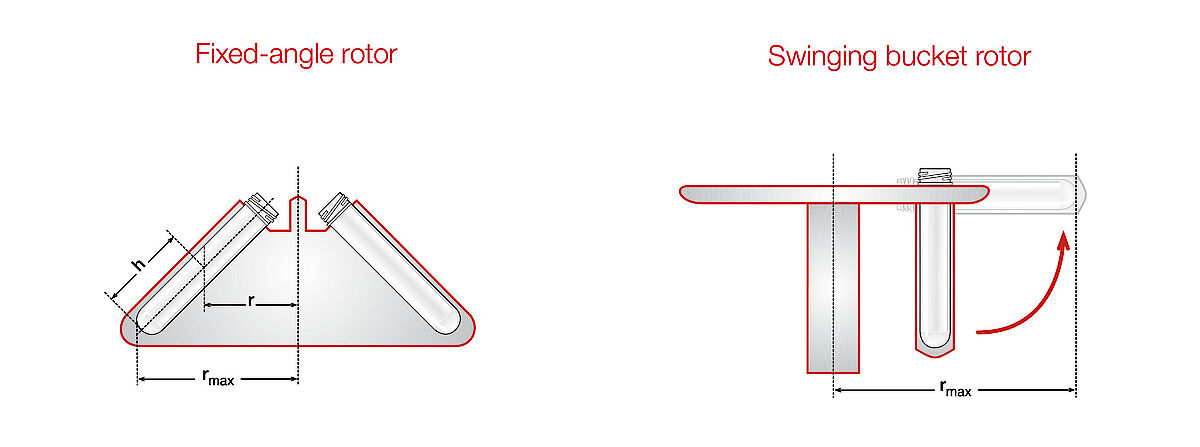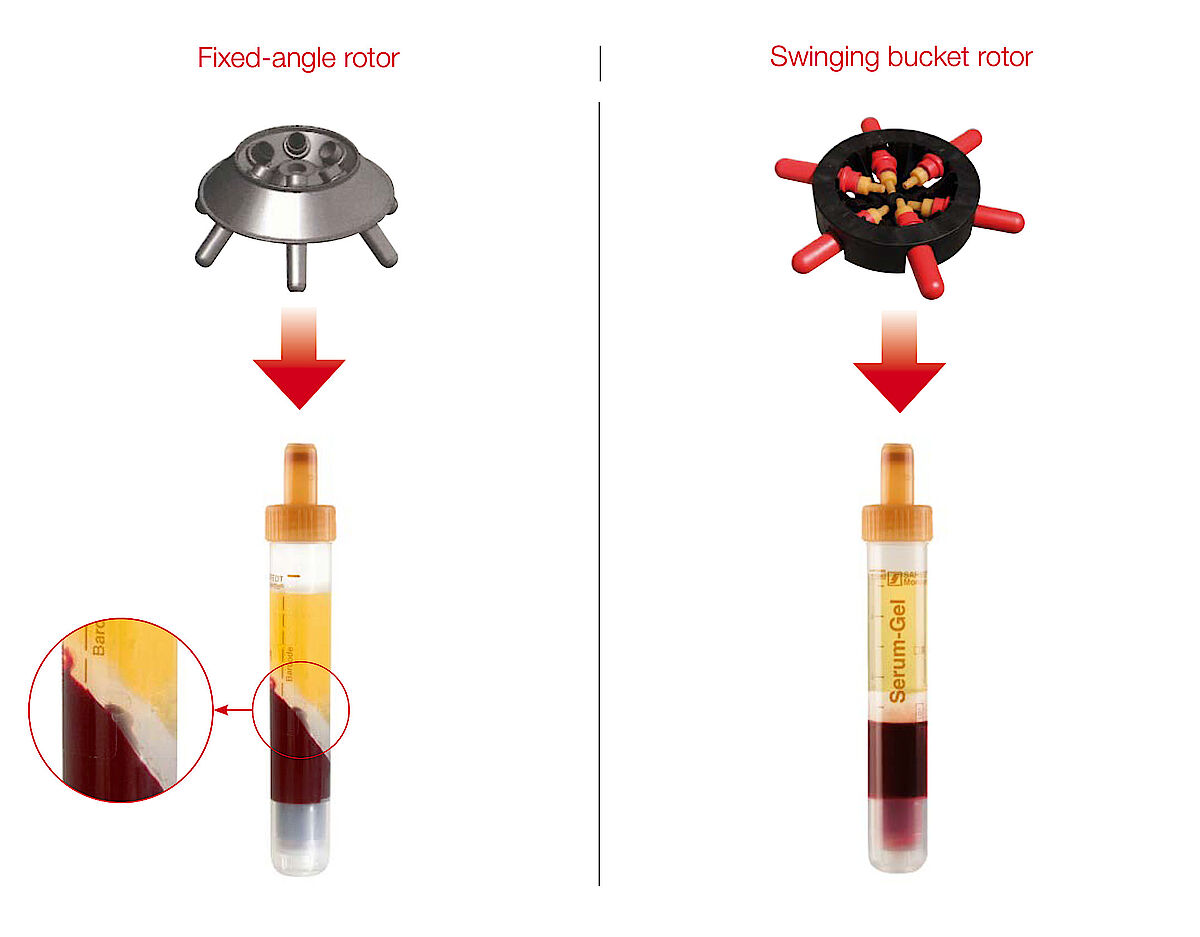
“How do you separate in 10 minutes?”
For most laboratory analyses, serum or plasma is required, i.e. the liquid part of the blood. In order to obtain serum or plasma from blood, the solid blood cells need to be separated from the liquid part. This process of separation is achieved via centrifugation. But how does centrifugation actually work? Do all centrifuges work in the same way? Is it easy to make a mistake?
You will find the answers to all these questions below:
How does centrifugation actually work?
Centrifugation is a physical process of separation based on the differing density ratios of substances. For example, the solid components of the blood, the blood cells, are of a different density to the liquid components, serum and plasma. So, during centrifugation, the centrifugal force causes the heavier blood cells to accumulate in the lower part of the sample tubes, while the lighter liquid components collect in the upper part.
Why even centrifuge sample tubes in the first place?
For most laboratory analyses, serum or plasma is required. It must be noted here that not all analyses, for example electrophoresis, can be carried out using plasma. To find out which sample tube can be used for what, please refer to the relevant laboratory specifications or the package leaflet for the individual analyses.
Why are the recommended time and relative centrifugal forces (RCF) so different for different sample tubes?
Centrifugation time and RCF are dependent on the specific preparations in the S-Monovettes and the analytes to be determined.
The optimum centrifugation conditions can be found on the inner carton of the S-Monovettes and on our website.
Why should I use a centrifuge with a swing-out rotor?
Centrifuges either have a fixed-angle rotor or a swing-out rotor. In principle, the sample tubes can be processed using either. The difference can be seen when using gel tubes in the way the gel layer is affected.
In a fixed-angle centrifuge, the sample tubes are inserted at an angle, meaning the gel layer forms at a corresponding angle. While the angle of the gel layer does not necessarily influence the measurement result, it does mean that the stability of the gel layer cannot be guaranteed during transportation. Right at the lower end, the barrier will be very thin and may be permeable to blood cells. This may distort the laboratory results.
Is it easy to make a mistake with centrifugation?
Yes. For example, ending the centrifugation prematurely can stop the process of separation between the solid and liquid components. This affects the quality of the sample and can influence the analysis process. The samples often need to be centrifuged again, thus introducing an extra step and increasing the time it takes to obtain the final lab result.
Important:
Gel Monovettes must not be centrifuged a second time as the gel layer can be damaged and solid components could pass into the liquid area. This could lead to distorted laboratory results, such as an excessively high potassium level.
Furthermore, incorrect time or RCF settings can impair the sample quality and therefore the result of the analysis. For example, optimum separation between solid and liquid components cannot occur if the RCF is too low and the time too short.
Conclusion:
The centrifugation process is an important factor in obtaining serum or plasma. As such, the centrifuge selected and centrifugation conditions should facilitate time-saving work processes and enable optimum sample quality to be achieved.



